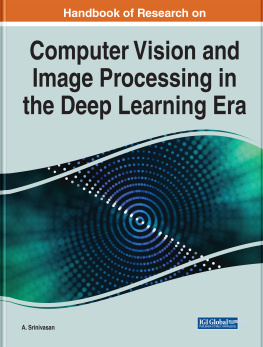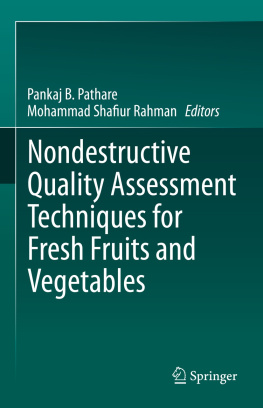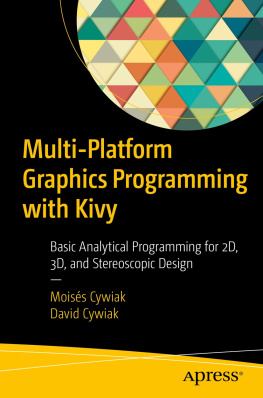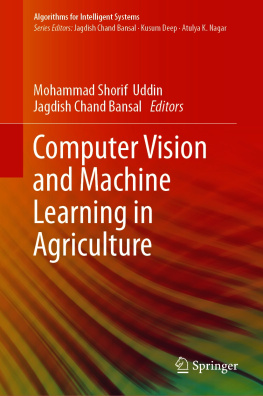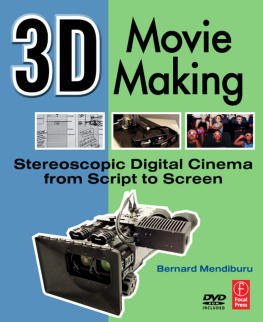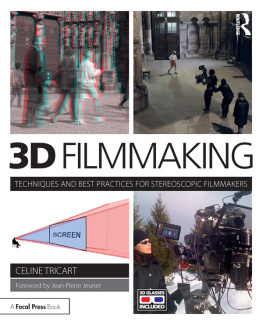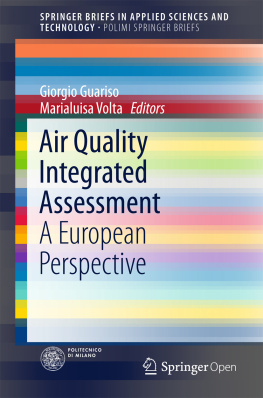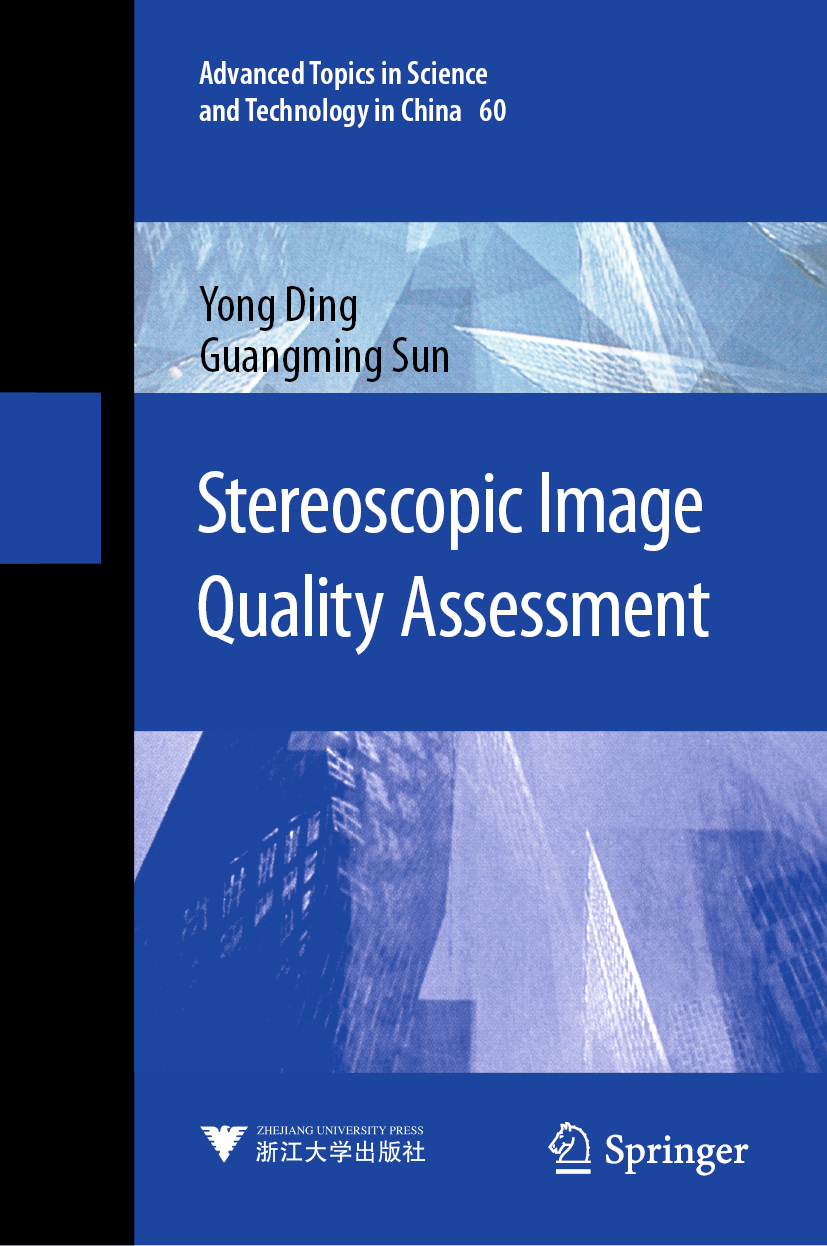Volume 60
Advanced Topics in Science and Technology in China
Zhejiang University is one of the leading universities in China. In Advanced Topics in Science and Technology in China, Zhejiang University Press and Springer jointly publish monographs by Chinese scholars and professors, as well as invited authors and editors from abroad who are outstanding experts and scholars in their fields. This series will be of interest to researchers, lecturers, and graduate students alike.
Advanced Topics in Science and Technology in China aims to present the latest and most cutting-edge theories, techniques, and methodologies in various research areas in China. It covers all disciplines in the fields of natural science and technology, including but not limited to, computer science, materials science, the life sciences, engineering, environmental sciences, mathematics, and physics.
This book series is indexed by the SCOPUS database.
If you are interested in publishing your book in the series, please contact Dr. Mengchu Huang(Email: mengchu.huang@springer.com).
Dr. Mengchu Huang(Email: mengchu.huang@springer.com).
More information about this series at http://www.springer.com/series/7887
Yong Ding and Guangming Sun
Stereoscopic Image Quality Assessment
1st ed. 2020
Yong Ding
College of Information Science and Electronic Engineering, Zhejiang University, Hangzhou, Zhejiang, China
Guangming Sun
College of Information Science and Electronic Engineering, Zhejiang University, Hangzhou, Zhejiang, China
ISSN 1995-6819 e-ISSN 1995-6827
Advanced Topics in Science and Technology in China
ISBN 978-981-15-7763-5 e-ISBN 978-981-15-7764-2
https://doi.org/10.1007/978-981-15-7764-2
Jointly published with Zhejiang University Press, China
The print edition is not for sale in China (Mainland). Customers from China (Mainland) please order the print book from: Zhejiang University Press.
Zhejiang University Press 2020
This work is subject to copyright. All rights are reserved by the Publishers, whether the whole or part of the material is concerned, specifically the rights of translation, reprinting, reuse of illustrations, recitation, broadcasting, reproduction on microfilms or in any other physical way, and transmission or information storage and retrieval, electronic adaptation, computer software, or by similar or dissimilar methodology now known or hereafter developed.
The use of general descriptive names, registered names, trademarks, service marks, etc. in this publication does not imply, even in the absence of a specific statement, that such names are exempt from the relevant protective laws and regulations and therefore free for general use.
The publishers, the authors, and the editors are safe to assume that the advice and information in this book are believed to be true and accurate at the date of publication. Neither the publishers nor the authors or the editors give a warranty, express or implied, with respect to the material contained herein or for any errors or omissions that may have been made. The publishers remain neutral with regard to jurisdictional claims in published maps and institutional affiliations.
This Springer imprint is published by the registered company Springer Nature Singapore Pte Ltd.
The registered company address is: 152 Beach Road, #21-01/04 Gateway East, Singapore 189721, Singapore
Preface
With the rapid development of digital image and video acquisition, transmission and display techniques in the last few decades, the demands of high-quality images and videos are growing amazingly fast in both peoples everyday lives and specific application scenarios such as the fields of academy and engineering. Over the past years, the wave of stereoscopic display technology has an exponential increase, which can be mainly witnessed by the huge number of high-quality three-dimensional (3D) films and 3D TV in large-scale application. Meanwhile, mobile phones are also expected to be the largest 3D display application in the near future. There is no denial that the rapid development of stereoscopic technology has significantly enriched the way people perceive the world psychologically. Nevertheless, during capturing, coding, transmitting, processing and displaying of stereoscopic images, the distortion and interference introduced from outside are inevitable and unneglectable, which lead to the decrease of image quality and great visual discomfort. Thus, it is highly necessary to design effective methods to evaluate the perceptual quality of images, which is of vital importance for the performance optimization of image processing systems.
However, due to the special characteristics of stereoscopic images that are distinguished from two-dimensional (2D) images, for example, complex and non-intuitive interactions between multiple 3D visual cues, including depth perception, visual comfort and binocular characteristics such as binocular fusion and rivalry, automatically assessing the quality of stereoscopic images is still a challenging issue.
In recent years, although a large number of experimental studies on stereoscopic image quality assessment have been performed and various factors that affect stereoscopic perception have been investigated, it is still a puzzle in fully understanding the neural mechanism of visual cortex about how the human brain perceives and deals with stereoscopic natural image. As a result, studying upon stereoscopic image quality assessment is attracting more and more attention and a significant progress has been witnessed.
This book attempts to discuss the related topics about stereoscopic image quality assessment thoroughly and systematically. Firstly, the difference between 2D and stereoscopic image quality assessment is given. Secondly, the research of stereoscopic image quality assessment is discussed and analysed detailly, including a straightforward way based on existing 2D methods, a perceptual way based on human visual system properties and a new trend making use of deep learning models. Finally, some emerging challenges are described, and meanwhile a few new directions and trends are explored that are worth further investigations and research.
The authors would give particular thanks to Xiaoshu Xu who has made a significant contribution to the publication of this book. Moreover, the authors would express deep appreciation to the other students of Prof. Ding who have contributed to the research works presented in this book. For example, Ruizhe Deng, Yang Zhao, Xiaogang Xu, Zijin Gu, et al. have made their great efforts in researching on stereoscopic image quality assessment for the last several years.
Besides, the authors have received generous assistance and support from many of our colleagues including valuable information and materials used in this book, discussions, feedback, comments on and proofreading of various parts of the book, recommendations and suggestions that shaped the book as it is.
Due to our limited knowledge and energy, there inevitably exist some ambiguous interpretations and even mistakes in this book, which we welcome the readers and colleagues to point out.


